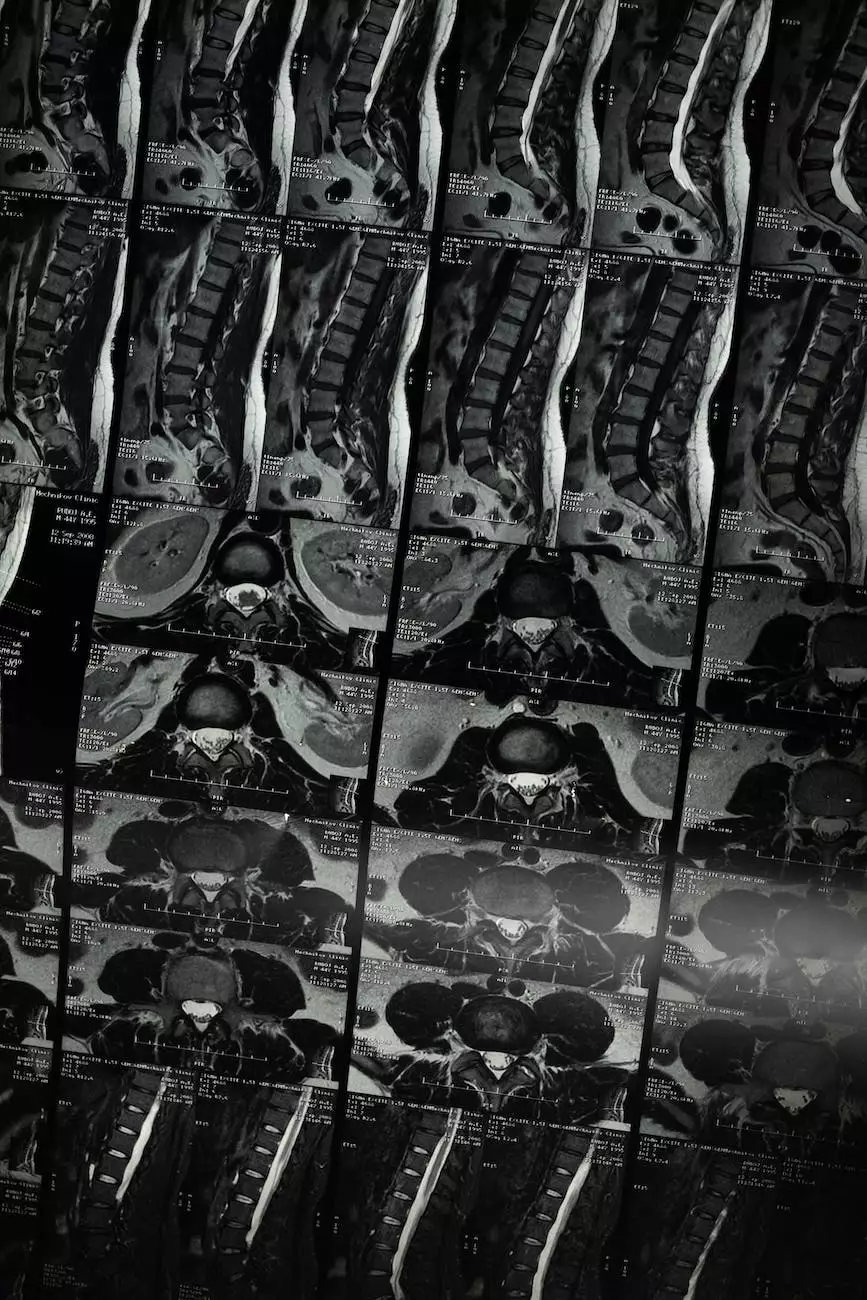What Is Scoliosis? | Gillette Children's

Introduction
At Gillette Children's, we understand that scoliosis is a common condition that affects individuals of all ages. Our dedicated team, led by Dr. Foley James D MD, specializes in providing expert care and assistance for patients with scoliosis. In this comprehensive guide, we will delve into the various types of scoliosis, including idiopathic, neuromuscular, and congenital scoliosis, to help you gain a deeper understanding of this condition.
What is Scoliosis?
Scoliosis is a medical condition characterized by an abnormal curvature of the spine. Instead of a naturally straight alignment, the spine may have a sideways curvature, resembling an "S" or a "C" shape. This curvature can occur at any age, from infancy to adulthood, and can vary from mild to severe cases.
Types of Scoliosis
1. Idiopathic Scoliosis
Idiopathic scoliosis is the most common type, accounting for approximately 80% of all cases. It usually develops during adolescence, with the cause remaining unknown. Idiopathic scoliosis can further be classified into three categories:
- Infantile idiopathic scoliosis: Diagnosed in children aged 0-3 years.
- Juvenile idiopathic scoliosis: Diagnosed in children aged 4-10 years.
- Adolescent idiopathic scoliosis: Diagnosed in children aged 11-18 years.
2. Neuromuscular Scoliosis
Neuromuscular scoliosis is caused by underlying medical conditions that affect the nerves and muscles controlling the spine. Conditions such as cerebral palsy, muscular dystrophy, and spinal muscular atrophy can lead to this type of scoliosis. It typically presents in childhood and may have a more rapid progression compared to other types.
3. Congenital Scoliosis
Congenital scoliosis is a rare type that occurs due to abnormalities in the formation of the spine before birth. This can include spinal vertebrae not forming correctly or fusing together in an abnormal way. Congenital scoliosis is typically diagnosed at birth or during early childhood.
Causes and Risk Factors
The exact cause of scoliosis is often unknown, especially in the case of idiopathic scoliosis. However, several factors can contribute to the development of scoliosis:
- Genetic factors: Scoliosis has been found to run in families, suggesting a genetic predisposition.
- Abnormal spinal development: Conditions such as congenital scoliosis result from irregularities in the formation of the spine.
- Neuromuscular conditions: Underlying neurological or muscular conditions can lead to the development of scoliosis.
- Hormonal imbalances: Changes in hormone levels during puberty have been linked to idiopathic scoliosis.
- Age: Certain types of scoliosis, like idiopathic scoliosis, tend to develop during specific age ranges.
Symptoms and Diagnosis
Scoliosis may exhibit various symptoms, including:
- Uneven shoulders or waistline
- Leaning to one side
- Uneven hip or rib prominence
- Visible curvature of the spine
- Back pain or discomfort
If you or your child experiences any of these symptoms or suspect scoliosis, it is crucial to seek medical attention for a proper diagnosis. Dr. Foley James D MD and our team of experts utilize various diagnostic techniques, including:
- Physical examination: Assessing the spine's appearance, movement, and any irregularities.
- X-rays: Providing detailed images of the spine's structure to measure and analyze the curvature.
- Magnetic Resonance Imaging (MRI): Generating precise and comprehensive images of the spinal cord and nerves.
- CT Scan: Offering detailed cross-sectional images of the spine and surrounding structures.
Treatment Options
At Foley James D MD, we offer a range of advanced treatment options tailored to your specific condition and individual needs. The appropriate treatment depends on various factors such as the type and severity of scoliosis, age, and overall health.
Treatment options may include:
- Observation: For mild cases of scoliosis that do not progress rapidly and do not cause significant symptoms, regular monitoring may be recommended.
- Bracing: In moderate cases, bracing can help prevent further curvature progression and provide support to the spine.
- Surgery: Severe cases of scoliosis may require surgical intervention to correct the curvature and stabilize the spine.
- Physical Therapy: Therapeutic exercises and rehabilitation programs can help improve posture, flexibility, and strength.
Trust the Experts at Gillette Children's
At Gillette Children's, we are committed to providing exceptional care and support to patients with scoliosis. Our team led by Dr. Foley James D MD, a highly skilled and experienced specialist in scoliosis treatment, ensures that you receive the best possible care throughout your journey.
As leaders in pediatric orthopedics and spine care, we utilize cutting-edge technologies, innovative techniques, and a multidisciplinary approach to deliver personalized treatment plans that address your unique needs.
Trust Foley James D MD and the team at Gillette Children's to provide expert guidance and comprehensive care for scoliosis. Contact us today to schedule a consultation.










